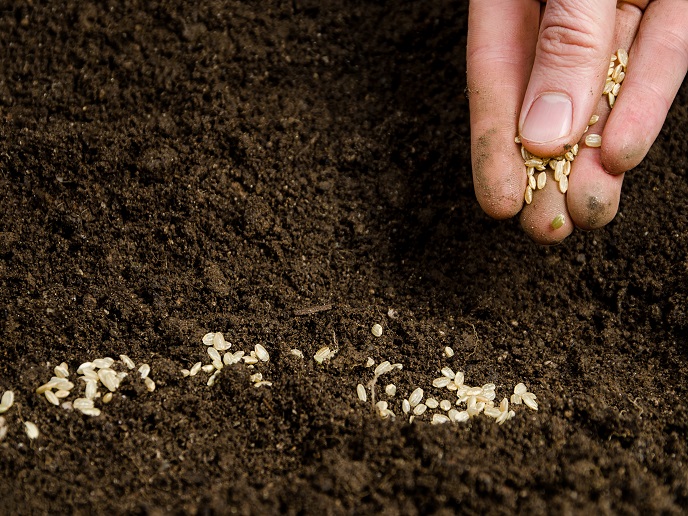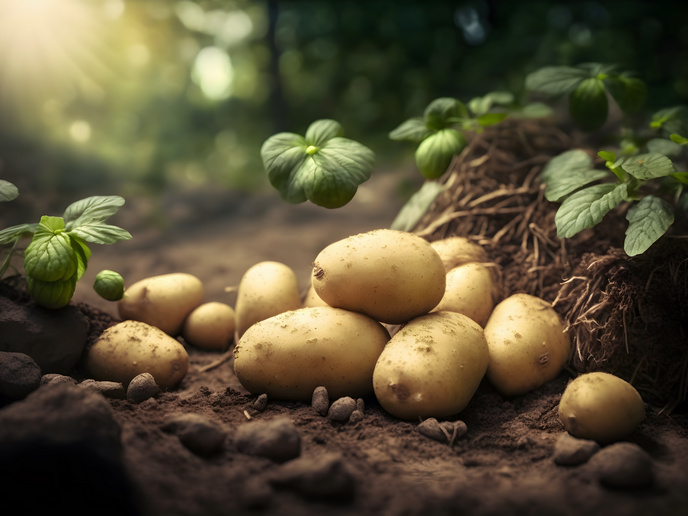Quinoa, a key to unlock saline soil production
Most plants, and particularly agricultural cash crops, cannot survive on saline soil. Fortunately, halophytes are a group of plants that not only thrive in salt concentrations that are damaging for most other flowering plants, but often also have a combined tolerance to other stresses as their habitats are frequently prone to flooding, drought and high temperature. The EU-funded HALO project studied quinoa (Chenopodium quinoa), a halophytic crop species from Peru, to try to understand how plants adapt to saline environments. “We were interested in the specialised, unique hair-like (trichome) external structures called epidermal bladder cells where excess salt is sequestered away from the sensitive sites in the leaves,” says Marie Skłodowska-Curie research fellow Nadia Bazihizina.
An unexpected discovery
One important question facing researchers was how salt sequestration occurs in bladders. “As stalk cells are the key intracellular ion controllers between the epidermal and bladder cells, we characterised key ion fluxes (chloride (Cl-), potassium (K+) and sodium (Na+)) and used comparative transcriptomics to shed light on the transporter genes involved in ion transport in these cells. We also investigated if epidermal salt bladders alone define salt tolerance in quinoa or if other key traits in the plant should be considered,” Bazihizina explains. When researchers characterised the transporters involved in salt movement in the bladders, they unexpectedly found that quinoa transports a lot of Cl- (an important ion in saline soil that has been previously overlooked in saline studies), even more than Na+. Understanding how the transporters control the sequestration outside metabolically active plant tissues can be used by plant breeders to select lines expressing these transporters in species closely related to halophytes (crops like spinach, sugar beet, chard). They can also express them in homologous epidermal trichomes of traditional cereal crops.
Significant benefits
HALO will therefore provide fundamental knowledge of how plants work in saline environments, helping to explain how salt is transported into the bladders, and potentially deliver new traits to target in breeding programmes. Furthermore, understanding how epidermal bladder cells influence the overall salt tolerance of quinoa will help scientists gain insights into greater crop yield gains under saline conditions. With an increasingly unpredictable climate, these plants could ensure more stable yields and help to conserve our precious fresh water. However, currently, the importance of these issues, from the problem of salinity to the potential benefits of halophytes for society, is often underappreciated in the wider community – hence the importance of the HALO project and dissemination of its work and outcomes. Working with salt-loving halophytes has the potential to be exceptionally rewarding. “They promise new insights into old problems and a whole set of new questions to help in our quest to use sustainably more marginal and saline resources, both soil and water, which would then reduce the pressure on the more limited ‘good’ resources used for human consumption,” Bazihizina points out.
Keywords
HALO, saline, crops, halophyte, bladder cells, stalk cells, Chenopodium quinoa, ion transport







